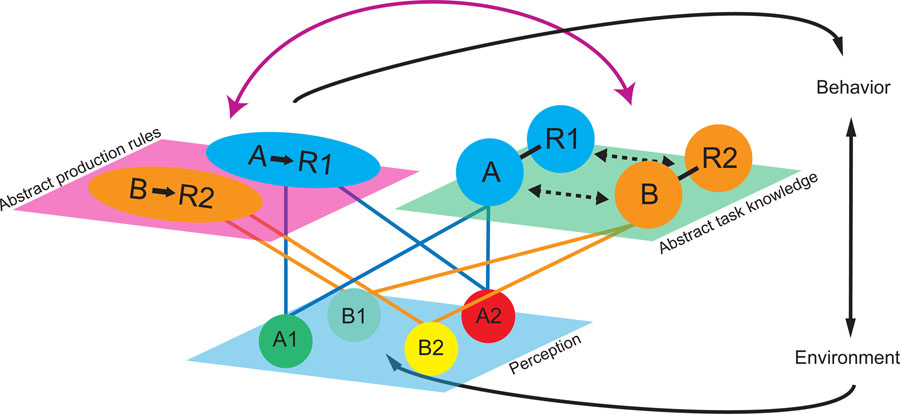Figure 3. Schematic illustrating differences in representational format for production rules and a map of task knowledge in mock acquired equivalence task.
Distinct perceptual representations of stimuli in the environment (e.g. A1 and A2) are linked to common latent task states within a cognitive map of abstract task knowledge (e.g. A), where they are also retained with knowledge about appropriate responses (e.g. R1). The format of this knowledge makes it possible to read out information about the relations between these conditions in multiple ways (dashed lines). In parallel, this knowledge is represented in abstract production rules that specify the actions to commit in each latent task state. These production rules allow this action to be flexibly and efficiently executed by either cue without referencing a more extensive representation of the associations among task states. Both of these task representations also interact with each other (solid purple double-headed arrow), allowing information to flow between formats.

